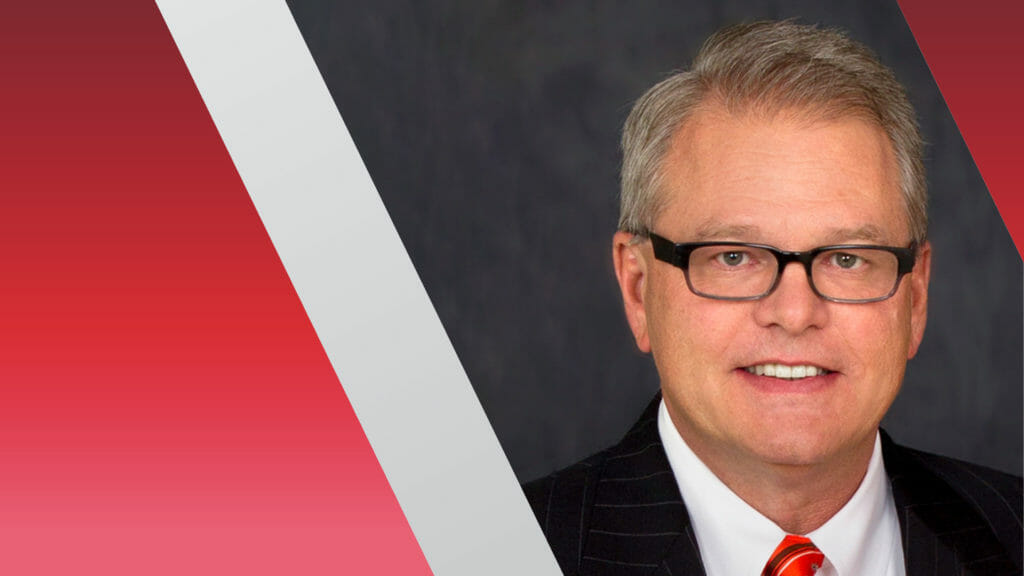
SAN DIEGO — Senior living is part of the continuum of care. The theme of the National Investment Center for Seniors Housing & Care Spring Conference echoed throughout Thursday’s sessions taking a look at the state of the industry and trends shaping the future.
Senior living operators influence the social determinants of health of their residents, NIC Chief Economist Beth Burnham Mace said during Thursday’s opening session. Operators, she said, can help manage chronic illness and keep residents healthy, resulting in fewer hospitalizations and reduced federal and state healthcare spending.
Embracing healthcare in the senior living model also could serve as a catalyst for future business opportunities and collaborations. Mace said that fully recognizing senior living as part of the healthcare continuum will be a key area of research NIC will undertake with NORC at the University of Chicago this year.
Senior living, Mace said, provides an environment that can support health and wellness. The combination, she added, could prove a “significant enticement” to baby boomers and provide a competitive advantage to operators with programs focusing on intellectual, physical, social, spiritual, vocational, emotional and environmental dimensions of wellness, as defined by the International Council on Active Aging.
This focus on healthcare could increase governmental scrutiny of senior living. “The regulators are coming, whether you want to believe it or not,” Nivah Shah, MD, senior scholar at Stanford University’s School of Medicine, said during his keynote address. “You have to figure this out. If you don’t, you’ll be told what’s happening.”
The first step, he said, is to start to become familiar with residents’ clinical and care needs by collecting and using data.
“We know care is moving into the home,” he said, including senior living communities in the definition of “home.” “If that’s the truth, why not take a piece of it?”
Opportunities, challenges continue to face senior housing sector
Much like the hotel industry, operators, developers and capital providers increasingly are segmenting the senior living market by both price point and service offering.
“It’s a really exciting time for senior housing and care as the sector matures and its product offerings become increasingly differentiated,” Mace said.
Along with claiming its place in the healthcare continuum, other trends affecting the senior living sector include the ongoing recovery and occupancy, demographic patterns, the market of middle-income older adults, the economy and labor challenges.
Mace said that two tailwinds — supply and demand — are supporting the ongoing occupancy recovery.
The number of senior living units under construction in the fourth quarter of 2022 was the lowest since 2015, Mace said. The pattern is likely to remain in place in the near term as senior living construction starts continue to linger at moderate levels, she added. At the same time, the actual number of occupied units in senior housing has never been higher, Mace said.
Challenges facing the sector include a predicted recession, inflation, rising interest rates and labor.
Although many operators are citing labor shortages as a limiting constraint on overall growth, more are reporting improving labor conditions and declining agency use, Mace said. Data from the Bureau of Labor Statistics from late 2022 show that the number of workers in assisted living has returned to pre-pandemic levels.
“Looking ahead, there are a lot of reasons to be optimistic about the outlook for senior housing,” Mace said, admitting that the path forward likely will be “a little bumpy.”
NIC announces new strategic plan
During Thursday’s opening session, NIC President and CEO Ray Braun discussed the organization’s new strategic plan. NIC, he said, will continue to emphasize thought leadership, research and analytics, and educational and networking opportunities for investors and providers.
The plan lays out 10 strategic objectives under five focus areas representing high-priority topics for the organization: partnering for health, the middle market, active adult, capital for operations and “agetech.” Each focus area will include a three-year plan, including conference sessions, research data, analytics, training and publications, Braun said.
“It’s a time of change, challenge and opportunity for the senior housing and healthcare sectors,” he said. “The NIC board has developed an ambitious new strategic plan responding to the evolving environment for seniors housing and care.”
The meeting continues through Friday.




